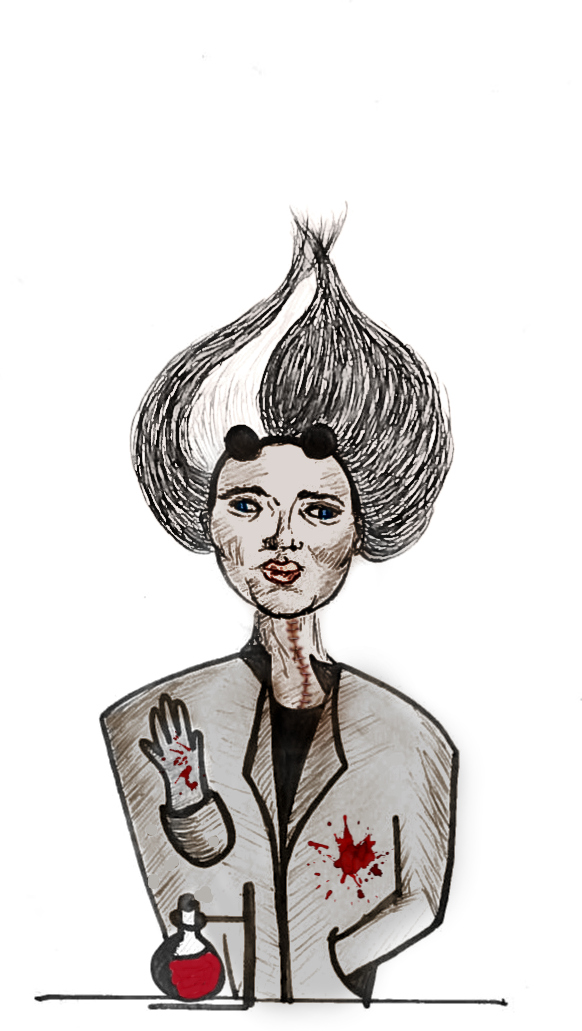Today it might be bacon, but tomorrow it could be avocados; the public has a macabre obsession with searching for things that may kill us. In the Age of Anxiety, it’s easy to get lost in all the opinions thrown around as fact in the media. The Lorne Trottier Symposium series is held annually by McGill’s Office for Science and Society (OSS). This year, the series focused on Science and the Media: The Challenge of reporting science responsibly. Oct. 17 featured four keynote speakers—all journalists situated right in the heart of the struggle between science and the public’s understanding of it.
Dr. Joe Schwarcz, director of the OSS and moderator of the Trottier Symposium, began the evening by painting a picture of science communication in 2016. With the public facing more media channels than ever before—from Twitter to podcasts, bloggers to Buzzfeed—people have seemingly infinite resources to turn to when in search of answers. As an unfortunate consequence, the consumer is left to decide for themselves if gluten makes them fat or sunscreen gives them cancer. With so many outlets of information, some are bound to be less accurate than others.
One of the more prevalent problems discussed by Schwarcz is how non-experts handle data differently science researchers. Someone may take, for example, the rise of autism and vaccinated children and assume a causal relationship. The rise in autism also correlates with the rise of organic health food consumption, but that does not mean one causes the other.
Julia Belluz, a science writer at Vox, explained the responsibility that the media has for effectively and honestly communicating complicated science. Primary scientific literature is largely inaccessible to the public and therefore scientific journalists must act as the interpreters, relaying true information to patients and policymakers alike.
Belluz’s presentation, “The Dr. Oz problem,” discussed how journalists should handle the “quackery” being sold by media sources, fitness bloggers, and some real medical professionals. Picking out biases in information, finding conflicts of interest, and critically analyzing situational information were all ways in which journalists and informed members of the public could become “BS detectors” in order to bring down those who misinterpret scientific facts.
Erica Johnson from CBS News runs a segment called Go Public in which she and her crew take on modern controversies first hand by visiting holistic health centres and other public science sources in an effort to distinguish truth from non-researched “science” claims.
In her presentation, Johnson discussed the role that the internet plays in awarding false credibility to sources that have not been properly fact-checked. As curious people invest more time into their own health and safety, the internet can be dangerous without a healthy dose of critical thinking. Even then, it’s difficult to weed through what is true and what is not.
Johnson does not come from a science background nor does she believe one is absolutely necessary to be a science journalist. Nevertheless, she agrees that thorough research is vital in order for science writers to act as translators between the jargon-filled world of science and the general public.
At the end of the first evening of presentations, it was clear that both the attendees of the Trottier Symposium and the accomplished speakers are in for a long season of “quack hunting.” In a complicated game of broken telephone from scientific research to the screens of the public, the truth is easily lost along the way.








